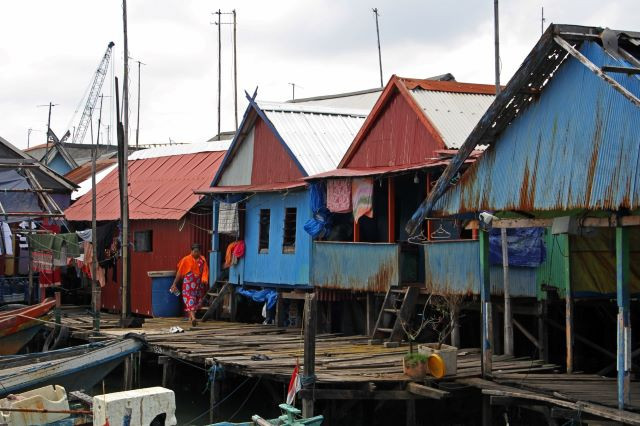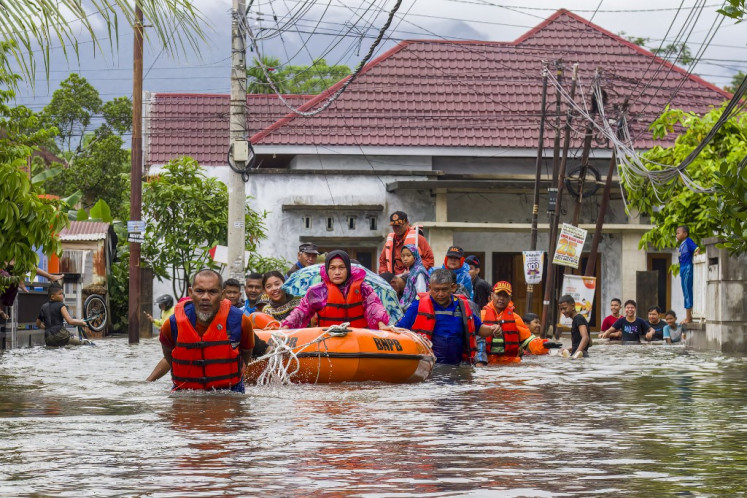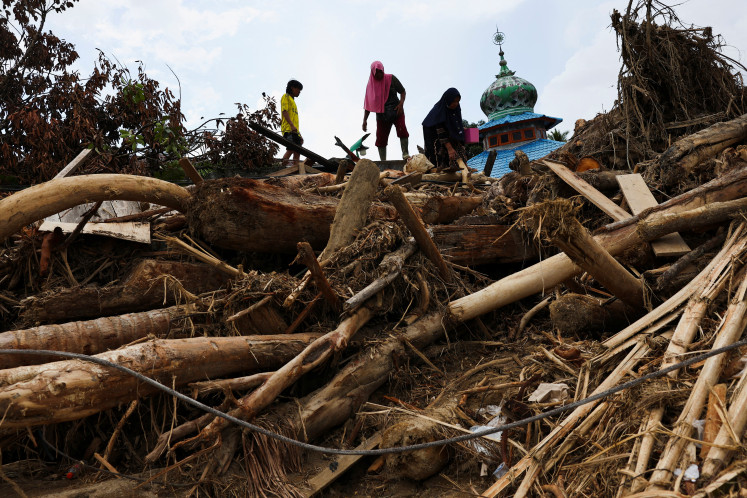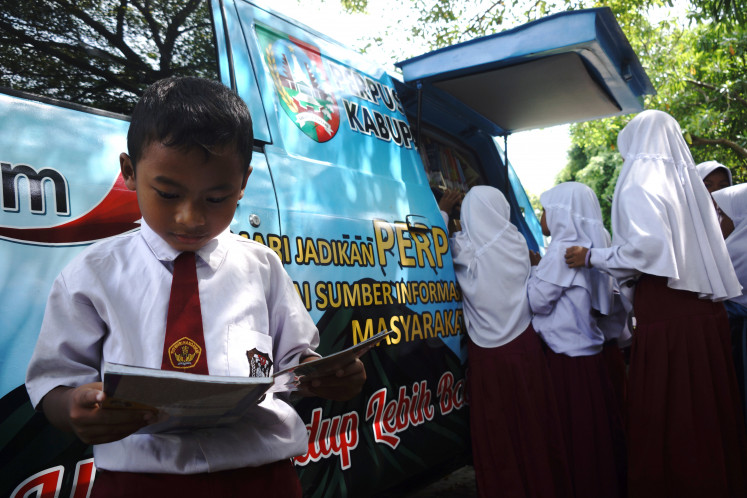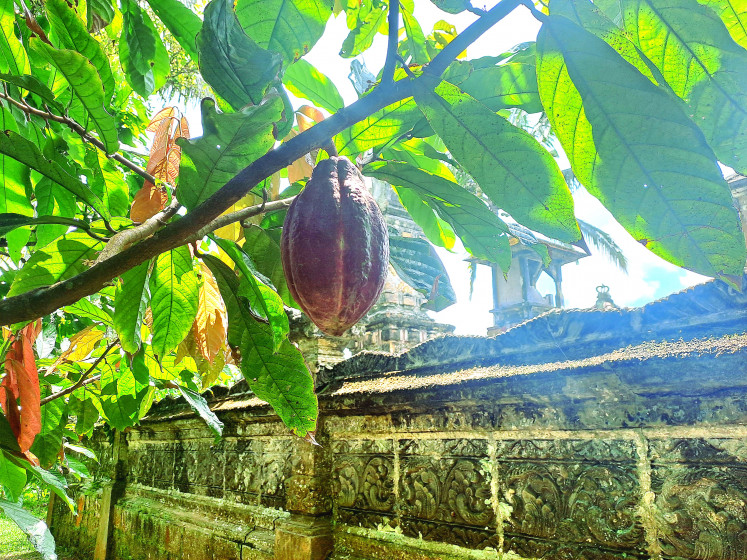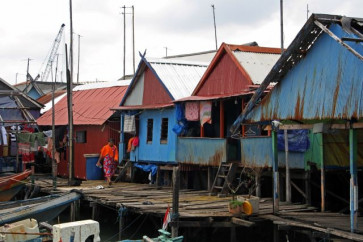Popular Reads
Top Results
Can't find what you're looking for?
View all search resultsPopular Reads
Top Results
Can't find what you're looking for?
View all search resultsCriteria vs. concrete steps to eradicate extreme poverty
Those who are rich tend to have sustainable passive income, while for the very poor transfers or aid are the biggest source of income.
Change text size
Gift Premium Articles
to Anyone
T
he discussion about measuring poverty has recently resurfaced. The World Bank's latest report, “Indonesia Poverty Assessment”, published in May, commends Indonesia for being able to reduce extreme poverty in Indonesia. However, the Bank suggests expanding the poverty line criteria using the latest per-capita income measures.
According to the Bank, based on the rupiah purchasing power parity and the US$1.90 extreme poverty line, Indonesia has succeeded in reducing the poverty rate from 19 percent in 2002 to 1.5 percent in 2022. However, as a candidate for an upper-middle-income country, according to the Bank, Indonesia needs to broaden its focus beyond extreme poverty by moving away from the poverty line of $1.90 per capita per day to the $3.20 poverty line.
To overcome this, Indonesia is urged to firmly establish a national poverty line that is contextual to conditions in the country but consistent across regions, starting at the provincial to regency/city levels.
Reflecting on the implementation of poverty programs in this country, over the years, there has been a significant transformation from in-kind to a direct-transfer mechanism to beneficiaries. This effort demonstrates the occurrence of digitization, which makes an aid-delivery system easier and more transparent.
These assistance programs as a social safety net for the community are in line with market changes and the needs of the poor in an increasingly user-friendly assistance mechanism. However, there are several important questions related to these programs, including in terms of coordination and synchronization for them, the beneficiaries.
Similar programs that have the potential to overlap are very likely to occur without cross-sectoral coordination and program synchronization between the center and the regions. Not to mention the matter of ensuring the accuracy of beneficiary data so the program is right on target, effective and timely.
Program coordination, synchronization and consolidation are still issues for beneficiaries. Furthermore, several studies were conducted with respondents from rural and urban poor communities who judged the programs they received came and went and did not sustain.

